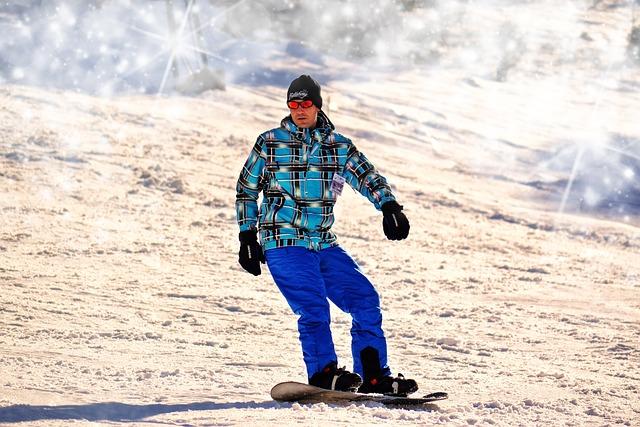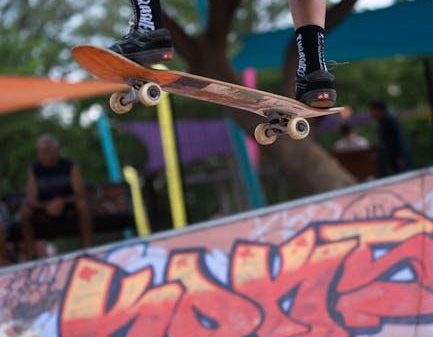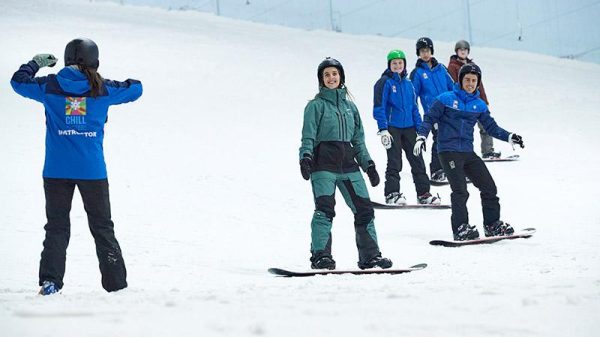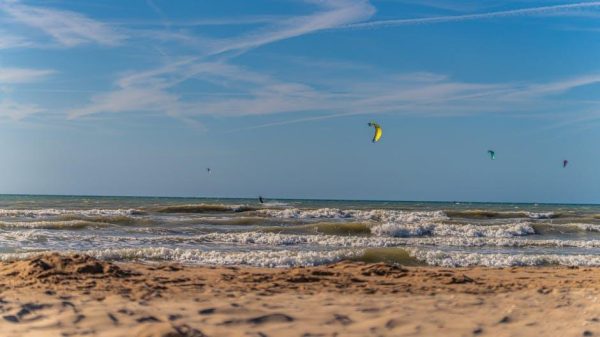In recent years, the exhilarating sport of snowboarding has surged in popularity, captivating audiences with its breathtaking tricks and high-stakes competitions. As the sport evolves, so too does the dialogue surrounding the safety of its athletes. This discussion is becoming increasingly relevant as snowboarding competitions push the boundaries of what is possible on the slopes. The question arises: should snowboarding competitions implement higher safety standards to protect their athletes? In this article, we will explore the current safety protocols in place, examine the potential benefits of enhanced measures, and consider how the sport can continue to thrive while prioritizing the well-being of its participants. By fostering a culture of safety, we can ensure that snowboarding remains not only thrilling but also sustainable for future generations of athletes.
Enhancing Gear and Equipment for Optimal Safety
When it comes to ensuring the safety of snowboarders in competitive environments, the enhancement of gear and equipment is crucial. Innovations in helmet technology, such as multi-directional impact protection systems (MIPS), offer increased protection against rotational forces. This is especially vital for athletes performing complex aerial maneuvers. Snowboarding competitions could benefit from mandating the use of such advanced helmets, reducing the risk of concussions and head injuries.
- Protective Outerwear: Incorporating materials like D3O that harden on impact can significantly improve the safety of jackets and pants.
- Wrist Guards: Essential for minimizing the risk of fractures during falls.
- Boot and Binding Innovations: Enhanced boot designs and bindings with better release mechanisms can help prevent ankle and knee injuries.
By embracing these technological advancements and setting higher standards, snowboarding competitions can provide a safer environment for athletes, encouraging even more breathtaking performances while minimizing risks.

Implementing Comprehensive Training Programs for Competitors
To enhance the safety and performance of athletes in snowboarding competitions, implementing comprehensive training programs is crucial. These programs should encompass a holistic approach, focusing on physical conditioning, mental resilience, and technical skills. Physical conditioning should include strength training, flexibility exercises, and cardiovascular workouts tailored to the specific demands of snowboarding. This will help athletes build the necessary endurance and agility to handle challenging terrains.
Equally important is the emphasis on mental resilience. Training should incorporate techniques such as visualization, stress management, and decision-making under pressure. Athletes can benefit from working with sports psychologists to develop these skills. Additionally, technical skills should be honed through regular practice sessions, including drills that mimic competition scenarios. Key components of an effective training program might include:
- Regular video analysis to correct form and improve techniques.
- Workshops on the latest safety gear and technology.
- Sessions with experienced coaches to provide personalized feedback.
By integrating these elements, training programs can significantly enhance safety and competitive performance, fostering a safer environment for all participants.

Designing Courses with Safety as a Priority
When conceptualizing the design of snowboarding courses, it’s essential to weave in safety considerations from the very start. This involves not only ensuring that all elements of the course are meticulously planned but also that they adhere to rigorous safety standards. Integrating safety into the design process can help reduce the risk of accidents and create a more enjoyable experience for participants. Here are some key aspects to consider:
- Terrain Selection: Choose locations that naturally mitigate risks, such as avoiding areas prone to avalanches or landslides.
- Course Layout: Design courses that balance challenge with control, offering riders clear paths to navigate obstacles safely.
- Safety Barriers: Implement protective barriers at critical points to prevent riders from veering off course.
- Visibility Enhancements: Ensure that all areas of the course are well-lit and clearly marked to guide participants effectively.
- Emergency Access: Design the course with easy access points for medical personnel to reach injured athletes quickly.
By embedding these considerations into the course design, event organizers can foster an environment where athletes feel secure, ultimately elevating the competition experience. With the right blend of creativity and caution, snowboarding competitions can achieve a new standard of safety, allowing the thrill of the sport to shine through without compromise.
Fostering a Culture of Safety Through Education and Awareness
To ensure the safety of snowboarders in competitive environments, education and awareness are crucial components. By integrating comprehensive training programs, competitors can be better prepared to handle the challenges of the sport. These programs should focus on:
- Understanding the importance of protective gear and how to use it effectively.
- Recognizing and responding to environmental hazards such as changing weather conditions and terrain variations.
- Promoting mental preparedness to help athletes make quick, safe decisions under pressure.
Moreover, fostering a community that values safety can lead to a cultural shift where all participants feel responsible for each other’s well-being. This can be achieved by encouraging open dialogue about safety practices and highlighting success stories where proper precautions prevented injuries. By making safety education an integral part of the competition framework, the snowboarding community can thrive while minimizing risks.










